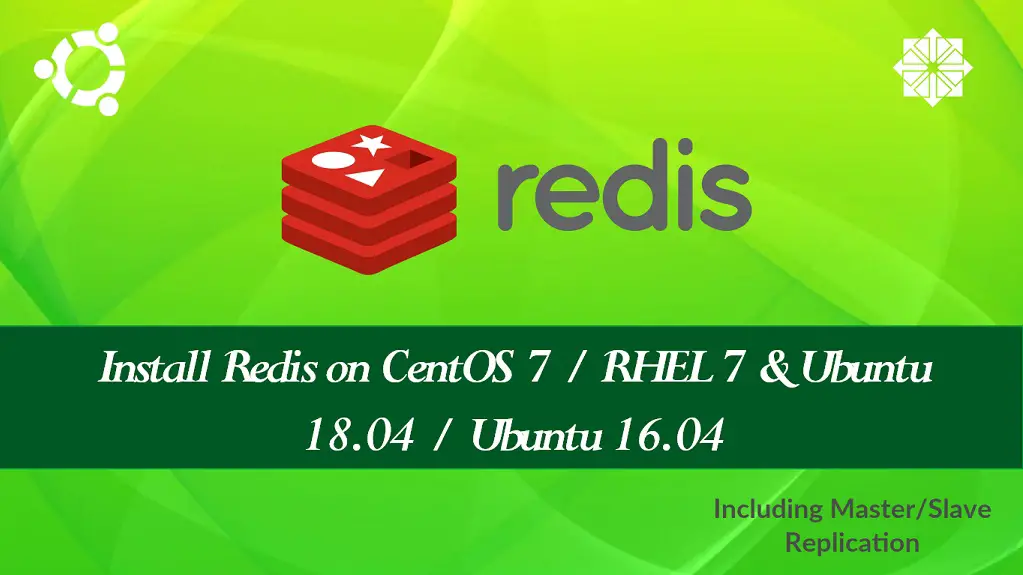
Using the netstat command, you can easily confirm the port as follows: $ sudo netstat -pnltu | grep redis Verify the running status of Redis service by executing the below-mentioned command: $ sudo systemctl status redisīy default, port 6379 is used by Redis. In this step, enable and then start the Redis service on CentOS 8 by using the following commands: $ sudo systemctl enable redis Once the installation of Redis is finished, check Redis installation details by using the below-mentioned terminal command: $ rpm -qi redis Now, update the system packages and CentOS 8 repositories by executing the below-mentioned command: $ sudo dnf update $ sudo dnf install redis Redis can install on CentOS 8 system into the following steps: Step 1: Install Redis using CentOS 8 repositoryįirst, login into the system and open the command line application ‘Terminal’ from the left sidebar of your CentOS 8 desktop.

Log in as administrator or with root privileges on CentOS 8 to install Redis. We will provide you in this article the complete installation and configuration details of Redis on the CentOS 8 Linux system. It is an open-source application that can be used as a Memcached alternative to store key-value pairs, means sets of two linked items, as a database NoSQL, message broker, and supports different data structures such as Hashes, Lists, Sets, Strings, and more.


Redis is an in-memory data structure store.


 0 kommentar(er)
0 kommentar(er)
